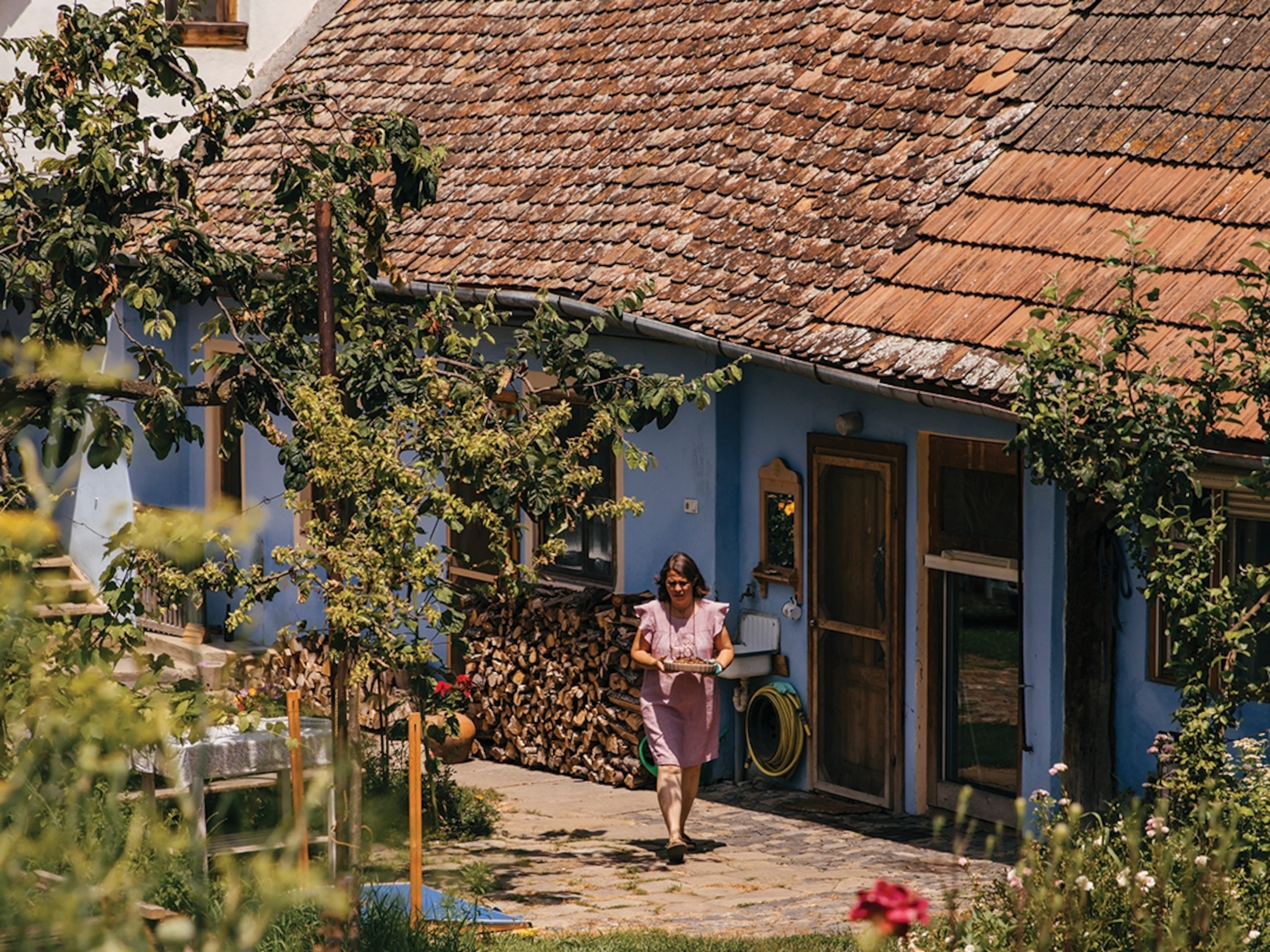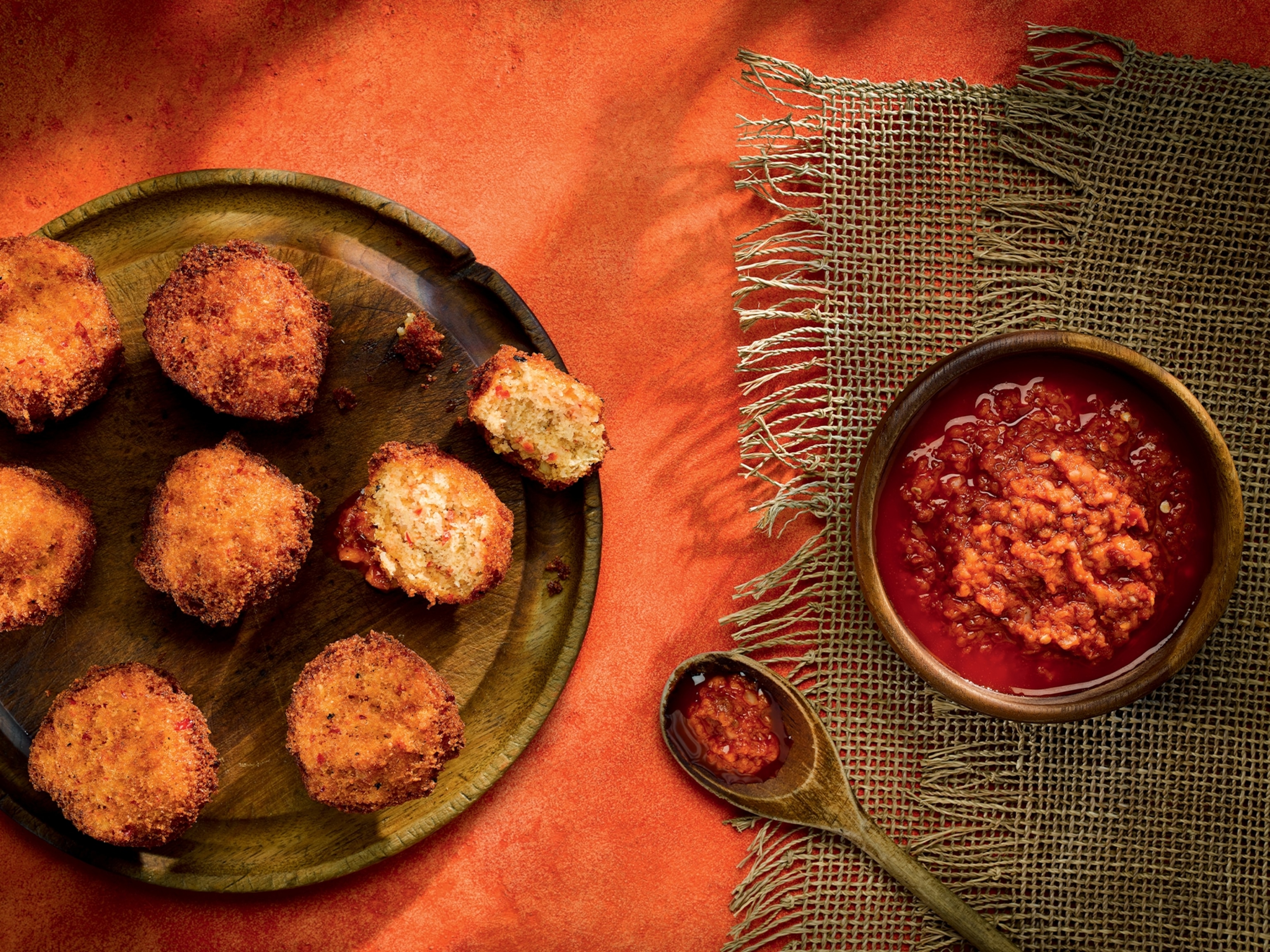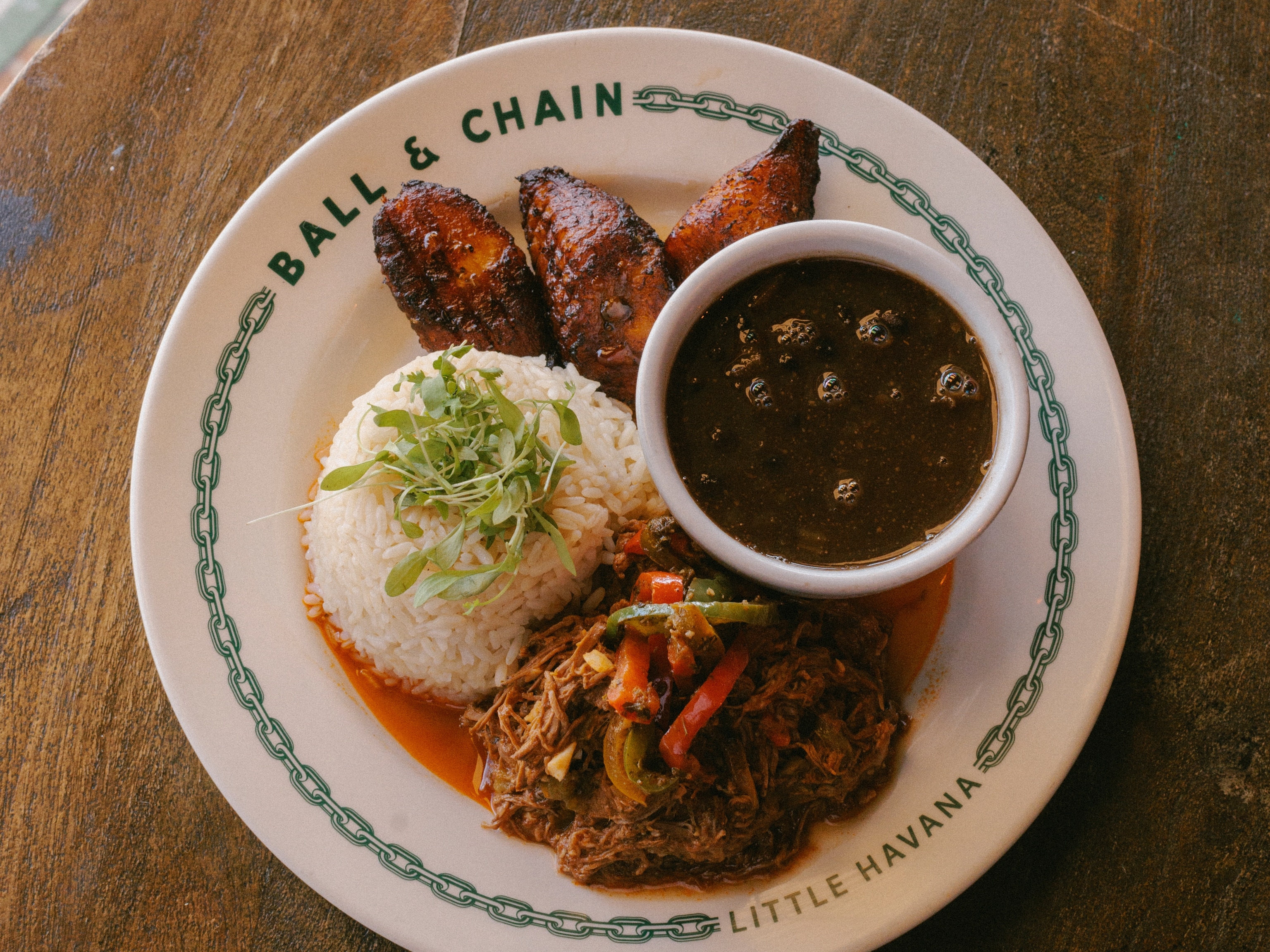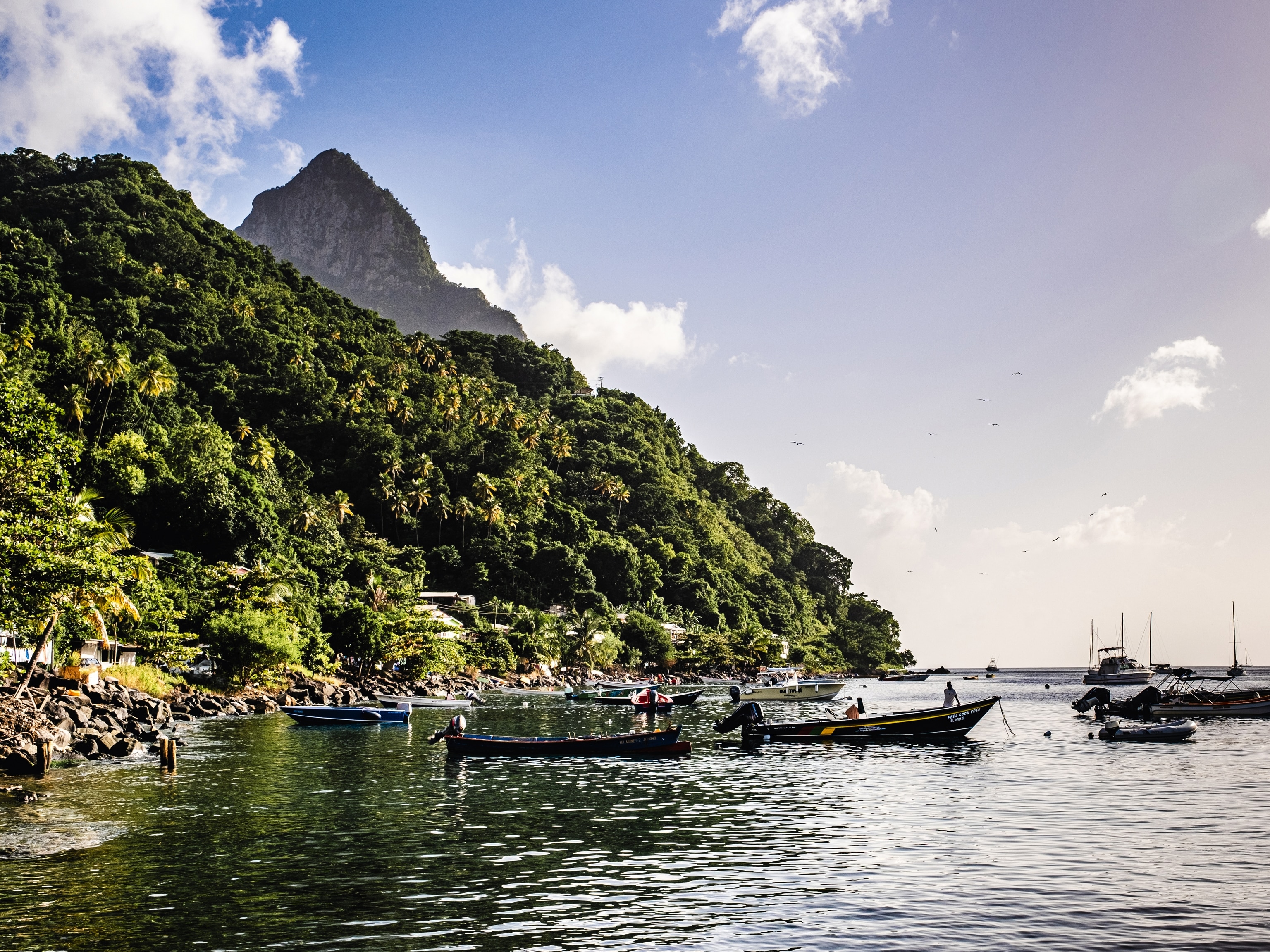
Photograph by Annapurna Mellor
Photo story: cloudberry foraging across Norway's Arctic circle and archipelagos
Scattered across the Arctic, in boggy moorland and on mountain slopes, the cloudberry appears for just a few weeks a year. It’s so rare and precious, it’s often called ‘Arctic gold’.
Story and photographs byAnnapurna Mellor
September 19, 2023
4 min readThis article was produced by National Geographic Traveller (UK).
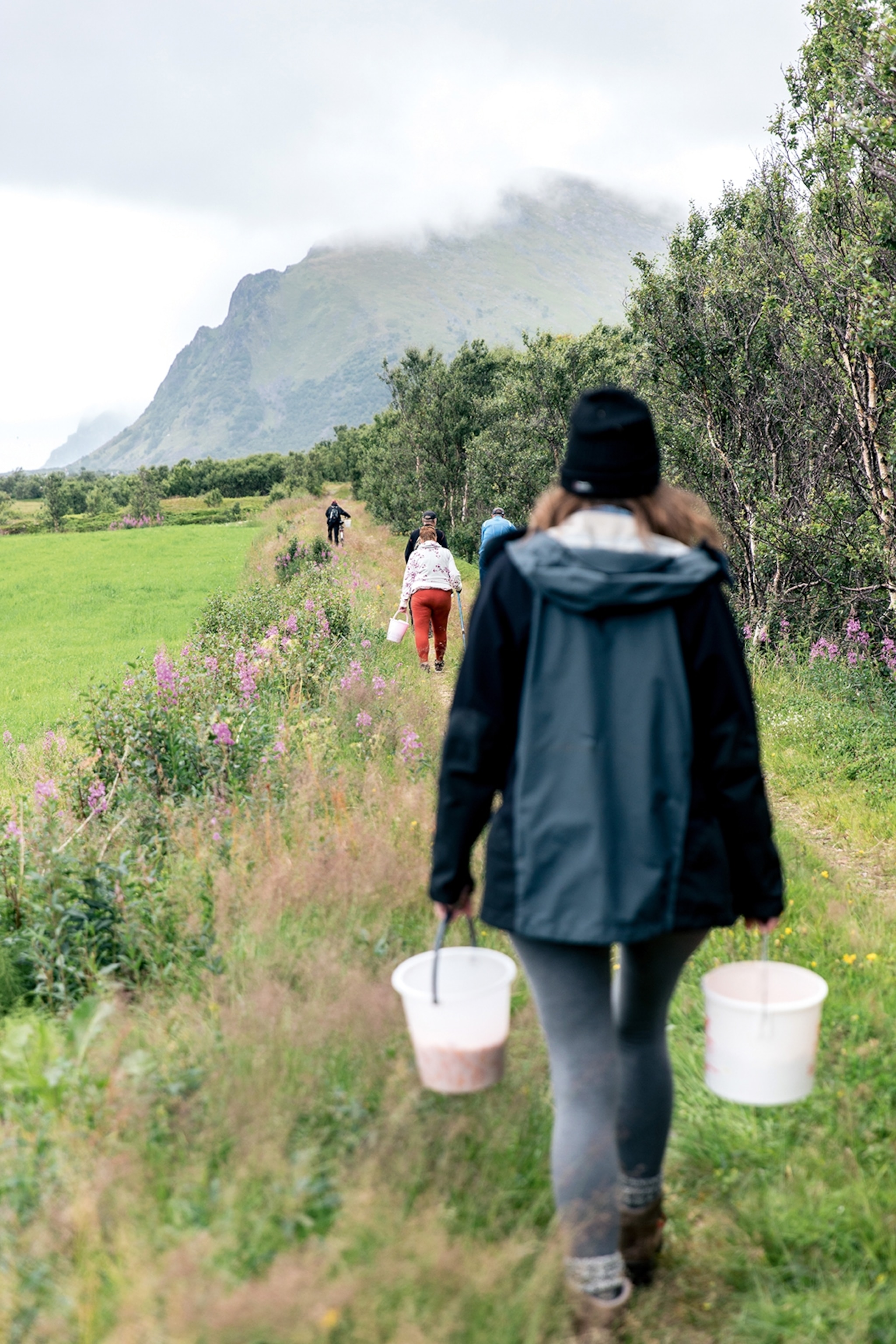
Photograph by Annapurna Mellor
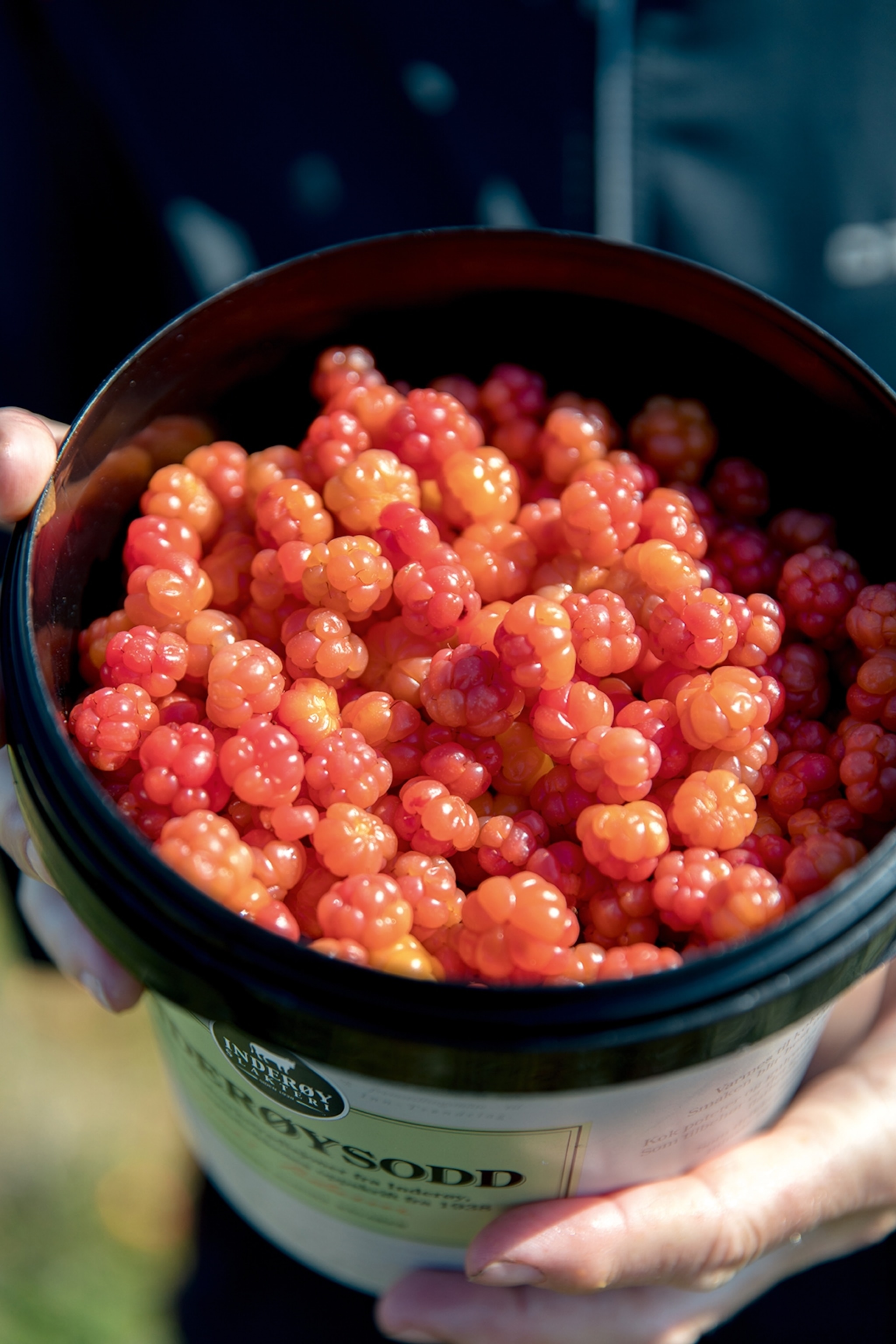
Photograph by Annapurna Mellor
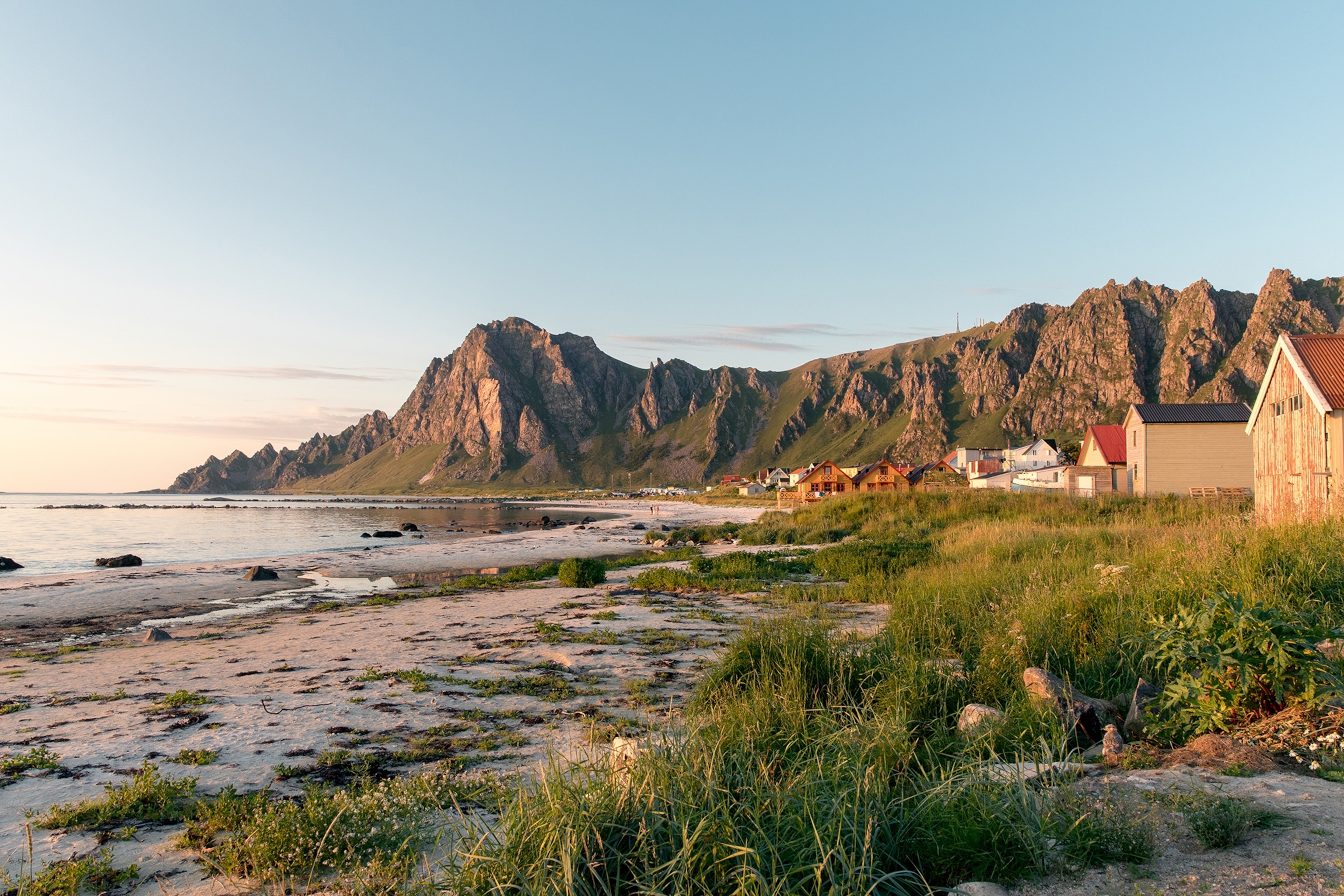
Photograph by Annapurna Mellor

Photograph by Annapurna Mellor

Photograph by Annapurna Mellor
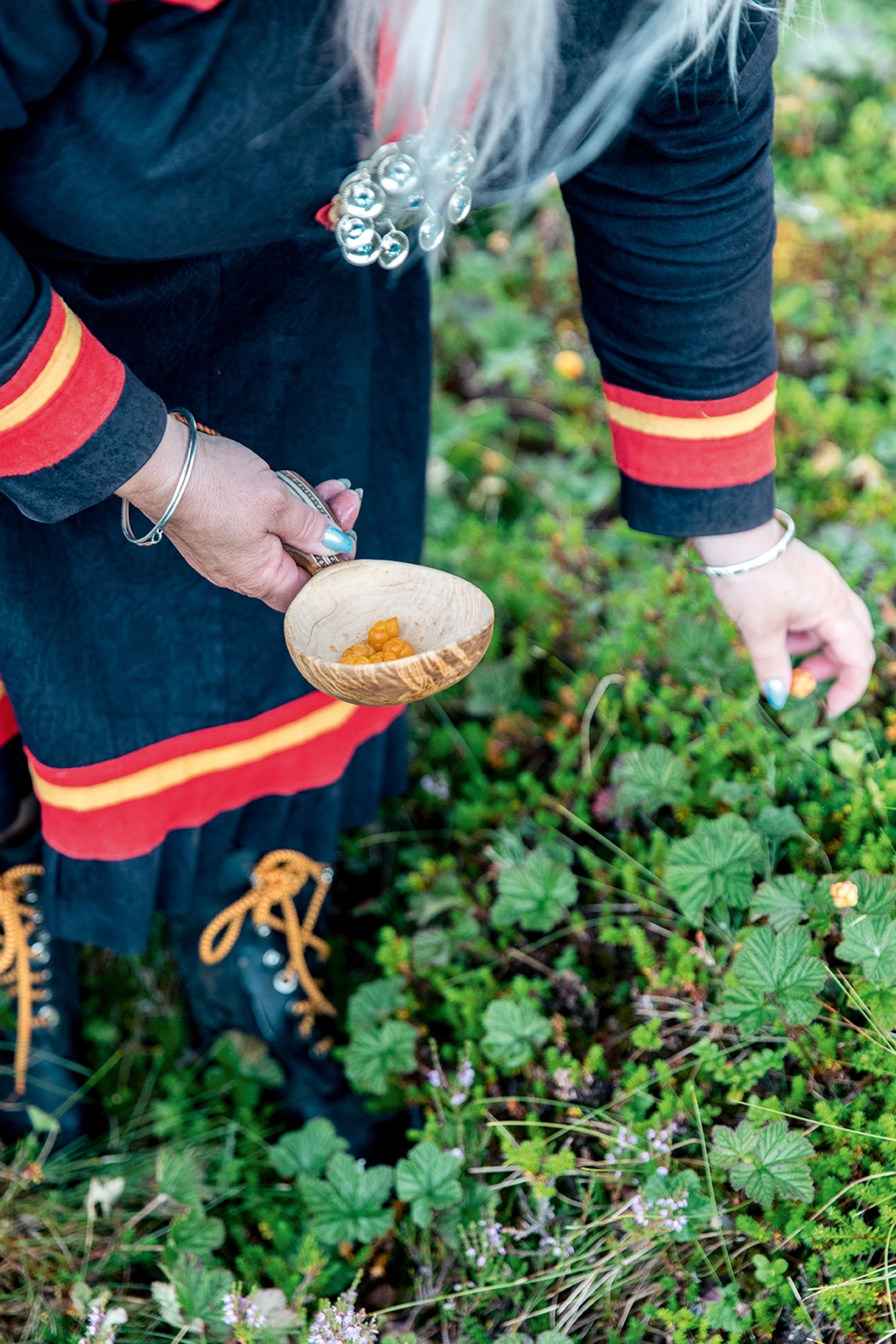
Photograph by Annapurna Mellor
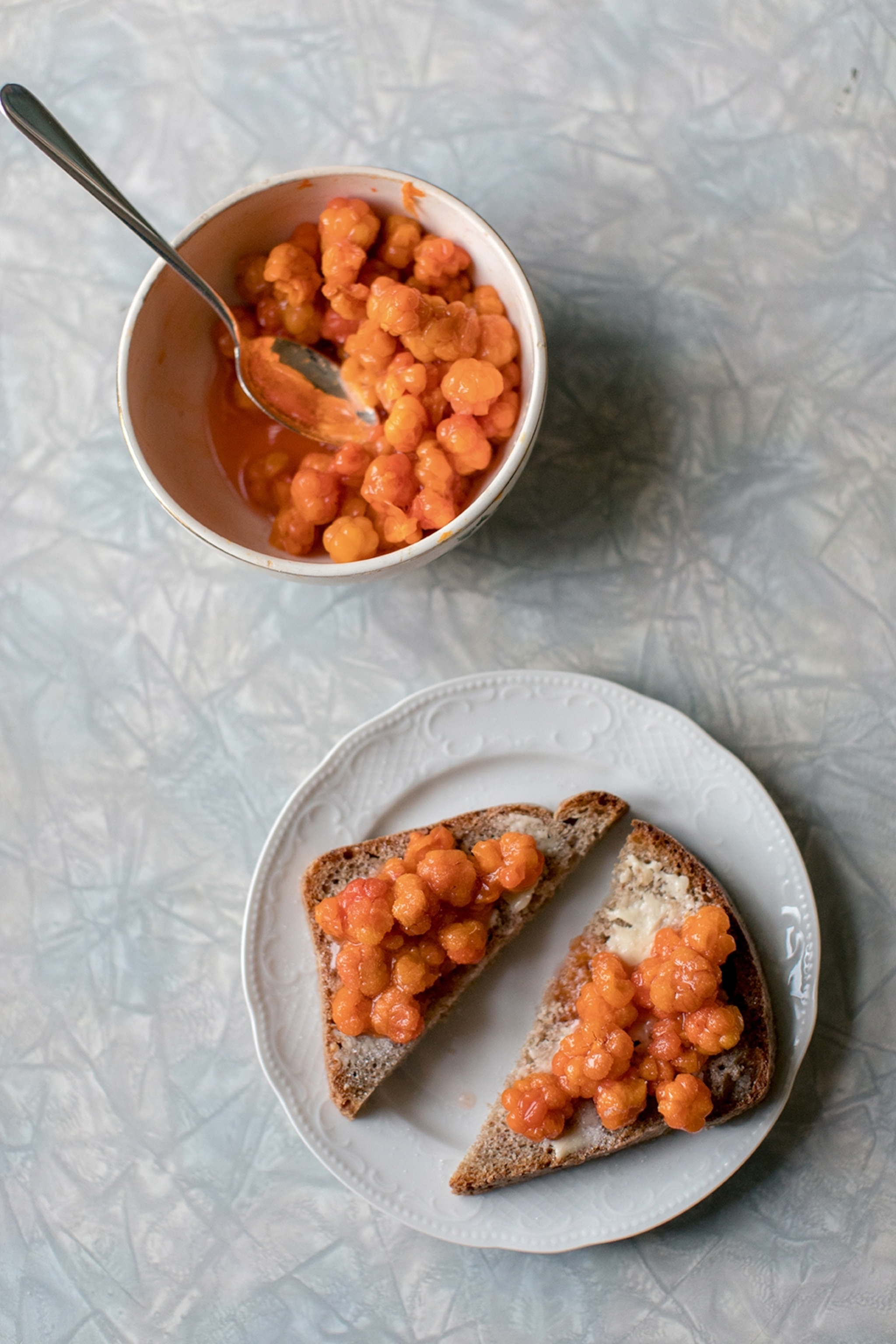
Photograph by Annapurna Mellor

Photograph by Annapurna Mellor
Published in the October 2023 issue of National Geographic Traveller (UK).
To subscribe to National Geographic Traveller (UK) magazine click here. (Available in select countries only).
To subscribe to National Geographic Traveller (UK) magazine click here. (Available in select countries only).

